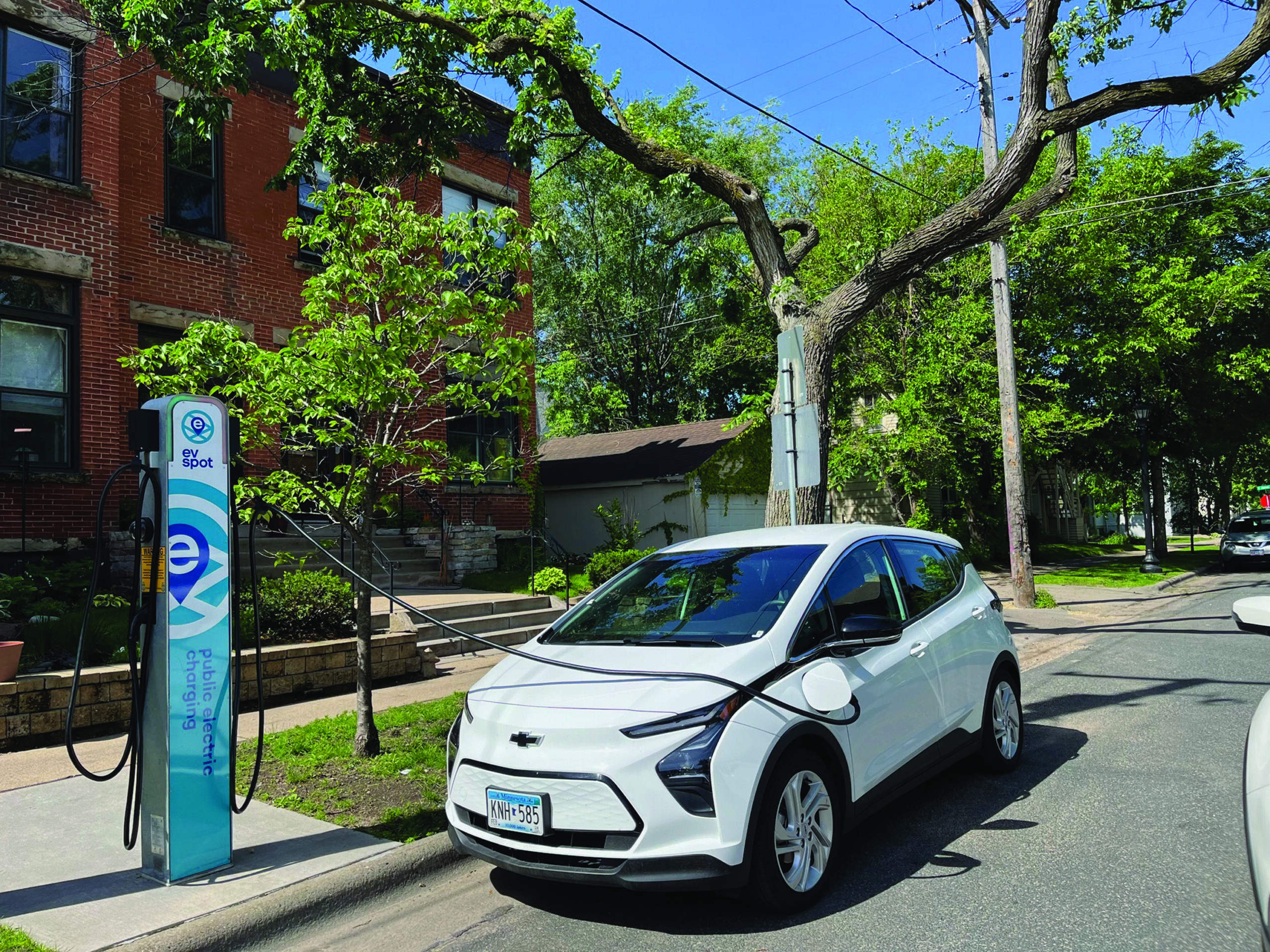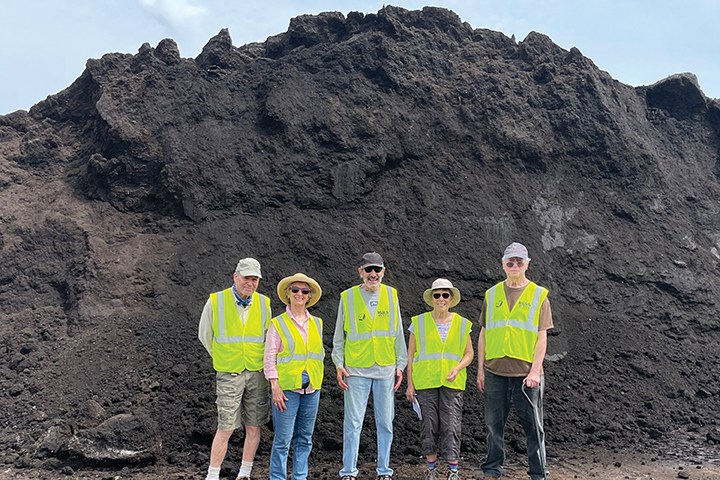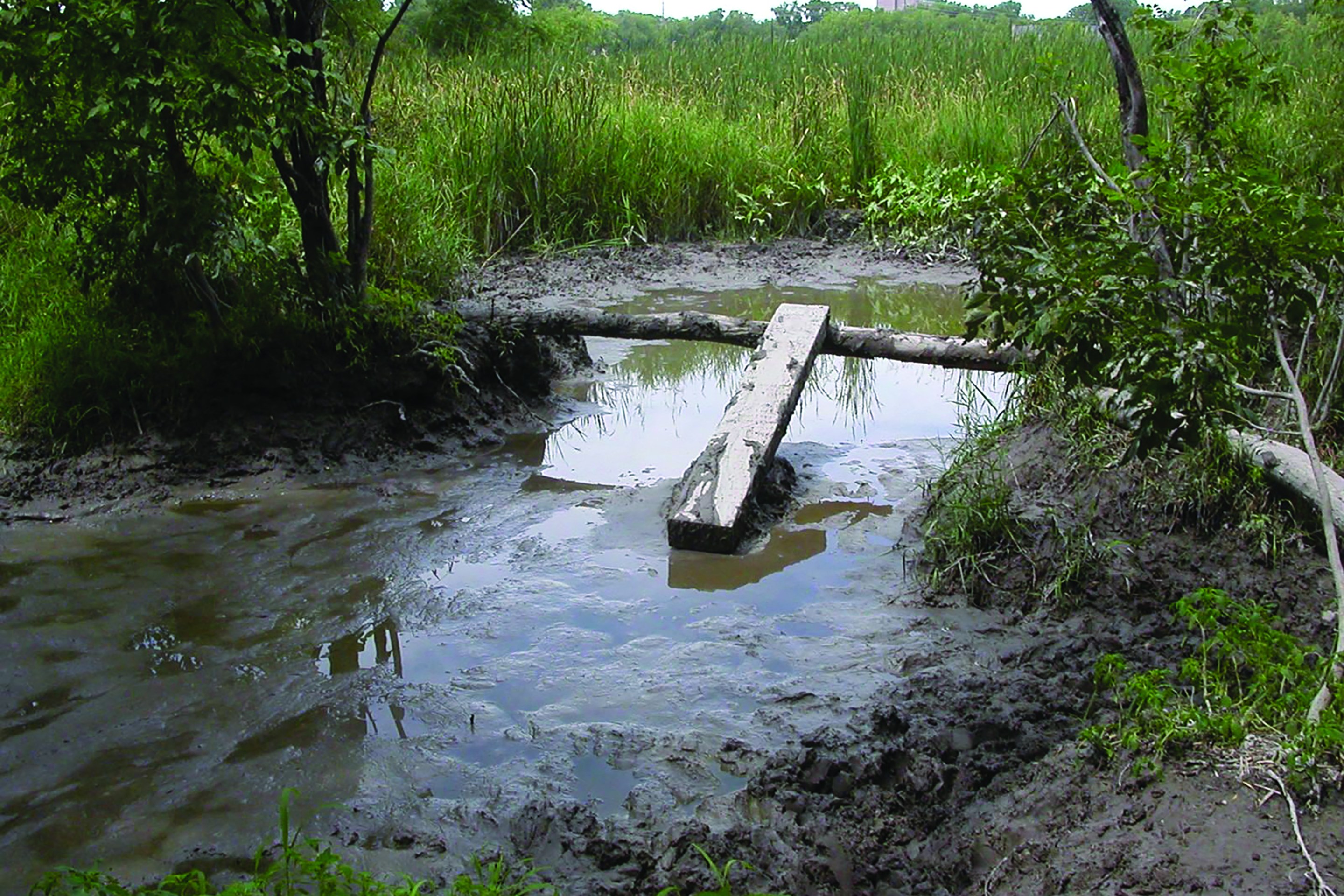The most economically dynamic cities are crowded, "vibrant and flexible," to use Jane Jacobs' words.
They require a mix of transportation modes to thrive. Economic activity relies on mobility; people require diverse transportation options to meet their needs.
Current transportation and planning orthodoxy assumes public transit infrastructure is more climate-friendly than automobiles for moving people. But dedicated lanes for trains, buses, and bikes — like roads for cars — require rights of way, often paving over green space.
Big transit projects are costly and disruptive. Removing parking and auto traffic results in significant economic losses — less commerce, more vacant storefronts, and reduced tax revenue.
Recent experience with large transportation public works in Minneapolis has generated skepticism about the environmental and public benefits of transit.
The Metropolitan Council's Southwest Light Rail project, for example, has deforested miles of trails in southwest Minneapolis and required widening corridors, constructing new bridges and tunnels, and deploying huge amounts of carbon-intensive concrete and steel.
The project has also suffered from project delays, economic disruption and $1 billion in cost overruns. To the east, the Hennepin Avenue reconstruction project that removed on-street parking between Lake and 31st Streets has contributed to vacant storefronts and a desolate streetscape.
Plans to redevelop the stretch of Hennepin Avenue between Douglas Avenue and Lake Street in a similar manner do not bode well for the vitality of the Uptown district.
Meanwhile, transit use cases have been upended by trends of more remote work and less commuting.
Ridership and the economic benefits of new transit are at risk of not materializing as originally envisioned. Budget overruns can only further deteriorate the economic cases for such projects.
The current climate and urban planning debate ignores the fact that light vehicle transportation is a relatively easy sector to decarbonize via electrification. And vehicle decarbonization is happening rapidly. According to the US Department of Energy Information Administration, electric, hybrid and plug-in hybrid vehicles represented more than 16% of light vehicle sales in 2023 with their market share forecasted to grow dramatically in the coming years.
The electric grid is becoming greener, with more renewable energy contributing to the power generation mix, displacing fossil fuels.
The wind and solar composition of Xcel Energy’s generation fleet is 41% and is forecasted to grow to more than 75% over the next 20 years. Consequently, the electric power charging EVs in Minneapolis will increasingly come from renewable resources.
While the carbon intensity of automobiles is decreasing, electric vehicle technology is rapidly improving, lowering costs, and making autonomous electric vehicles more feasible.
The emergence of autonomous EVs has the potential to replace personal vehicles with fleets of hired automobiles, putting existing road infrastructure to more efficient use and further reducing the transportation sector’s contribution to climate change.
Information technology is also evolving to better allocate carbon and other costs to transportation users.
Dynamic pricing and user fees can influence behavior, charging drivers for premium access to desirable destinations, incentivizing riders to make alternative transportation choices to reduce pollution or optimize public benefits.
Smart metering can incentivize EV parking on city streets to lower the carbon intensity of automobiles using busy corridors. Dynamic pricing for parking and road use can help manage congestion, direct traffic, or favor EVs and hybrid vehicles.
Cities can consider parking meter holidays where it makes sense to promote economic growth like on the beleaguered Lake Street corridor or Uptown district in Minneapolis.
With proper incentives drivers, businesses and the public will make rational mobility choices to reduce pollution and boost economic growth.
A few words on congestion, which, in the wrong places like freeways, causes delays and inefficiencies. But in the right places, such as urban neighborhoods and commercial districts, traffic and congestion correlate to economic vitality.
If congestion occurs in places that are lively and culturally vibrant, we should be willing to tolerate some congestion to generate economic activity.
There are economic benefits from the activity that causes congestion, and there are costs to reducing traffic and vehicular access to businesses. Stated differently, congestion and traffic are often a byproduct of economic activity and not always a pure public burden.
The costs and benefits of congestion, economic activity, pollution, pedestrian and vehicular access can and should be included when evaluating transportation projects.
People want the agency and freedom afforded by a wide range of mobility choices. People also demand a strong economy, vibrant neighborhoods and less pollution.
Smart public policy can consider the comprehensive costs and benefits of carbon intensity, economic activity, and transportation infrastructure to incentivize climate-friendly behavior and give people greater choices.
Instead of trotting out the tired talking points of increased taxes, more government spending and big public works to solve climate and transportation problems, we need our leaders to promote new and better technology, harness market forces and foster innovative solutions to decarbonize our transportation system and improve the vibrancy of our
neighborhoods.
And maybe the much-maligned automobile can become part of the climate solution.






